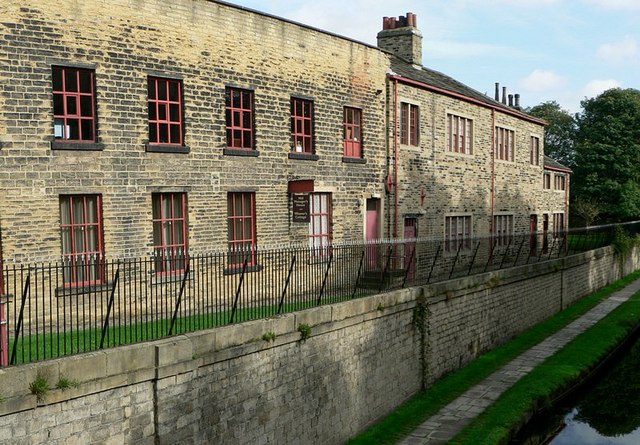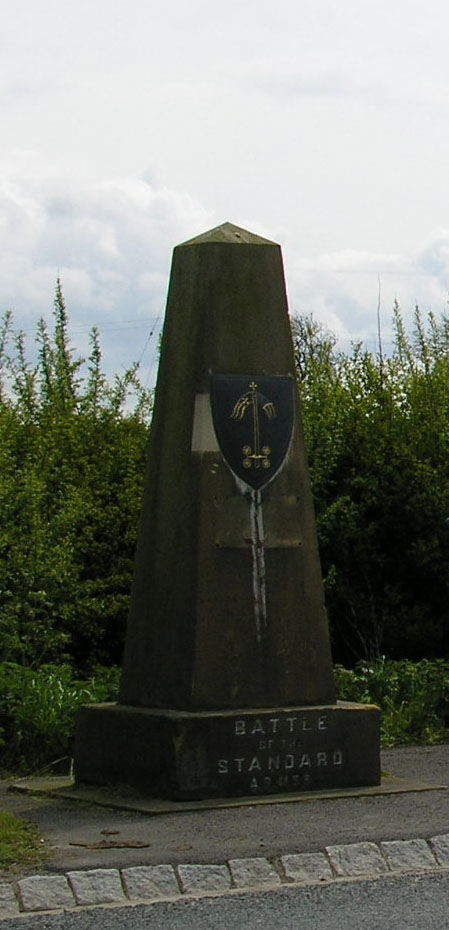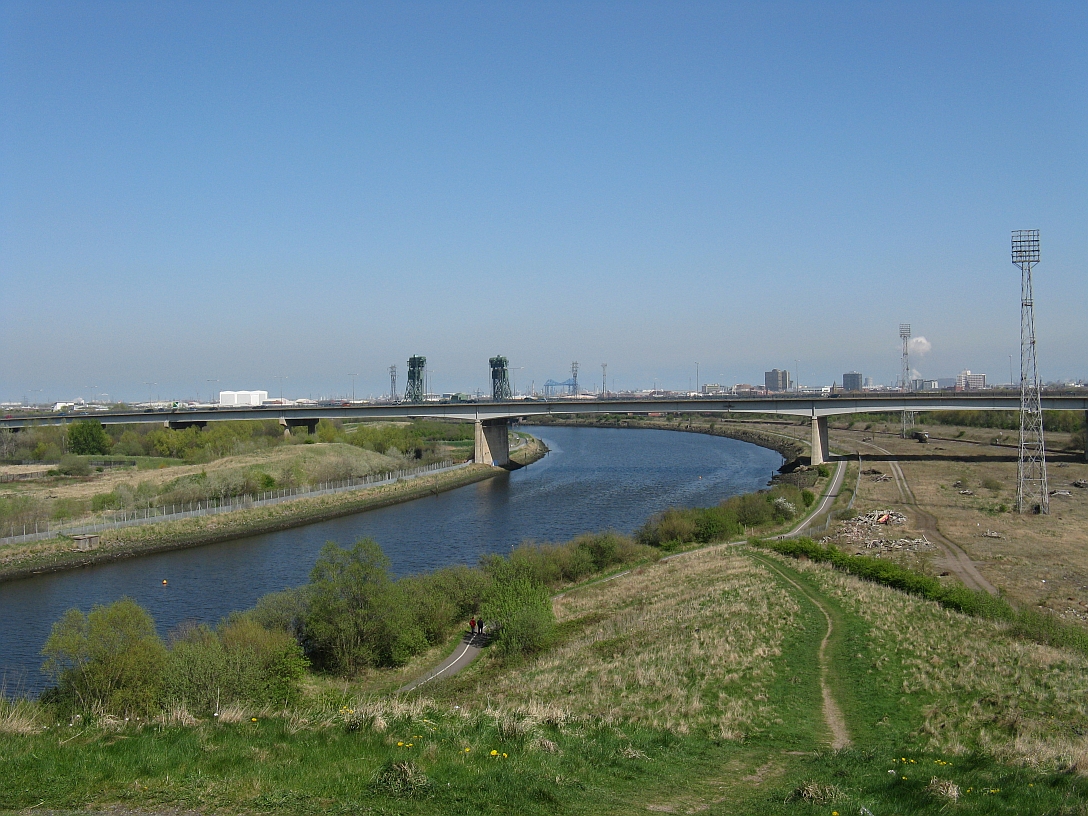|
Diocese Of Ripon
The Diocese of Ripon (Diocese of Ripon and Leeds from 1999 until 2014) was a former Church of England diocese, part of the Province of York. Immediately prior to its dissolution, it covered an area in western and northern Yorkshire as well as the south Teesdale area administered by County Durham which is traditionally part of Yorkshire. The cities of Ripon and Leeds were within its boundaries as were the towns of Harrogate, Richmond, Knaresborough, Hawes and Bedale and the surrounding countryside; its northern boundary was the River Tees. The diocesan Bishop of Ripon had his cathedral church at Ripon. The diocese was also served by a suffragan Bishop of Knaresborough and was divided into two archdeaconries, those of Richmond and Leeds. For organizational purposes, the diocese was further divided into eight deaneries: Richmond, Wensley, Ripon, Harrogate, Allerton, Headingley, Armley and Whitkirk. The first four deaneries are located in the Archdeaconry of Richmond, ... [...More Info...] [...Related Items...] OR: [Wikipedia] [Google] [Baidu] |
Province Of York
The Province of York, or less formally the Northern Province, is one of two ecclesiastical provinces making up the Church of England and consists of 12 dioceses which cover the northern third of England and the Isle of Man. York was elevated to an archbishopric in AD 735: Ecgbert was the first archbishop. At one time, the archbishops of York also claimed metropolitan authority over Scotland, but these claims were never realised and ceased when the Archdiocese of St Andrews was established. The province's metropolitan bishop is the archbishop of York (the junior of the Church of England's two archbishops). York Minster serves as the mother church of the Province of York. Boundary changes since the mid-19th century In 1836, the diocese of Ripon was formed (Diocese of Ripon and Leeds from 1999 until 2014), followed by further foundations: Manchester in 1847, Liverpool in 1880, Newcastle in 1882, Wakefield in 1888, Sheffield in 1914, Bradford in 1919, Blackburn in 1926, an ... [...More Info...] [...Related Items...] OR: [Wikipedia] [Google] [Baidu] |
Harrogate
Harrogate ( ) is a spa town and the administrative centre of the Borough of Harrogate in North Yorkshire, England. Historically in the West Riding of Yorkshire, the town is a tourist destination and its visitor attractions include its spa waters and RHS Harlow Carr gardens. away from the town centre is the Yorkshire Dales National Park and the Nidderdale AONB. Harrogate grew out of two smaller settlements, High Harrogate and Low Harrogate, in the 17th century. For three consecutive years (2013–2015), polls voted the town as "the happiest place to live" in Britain. Harrogate spa water contains iron, sulphur and common salt. The town became known as 'The English Spa' in the Georgian era, after its waters were discovered in the 16th century. In the 17th and 18th centuries its 'chalybeate' waters (containing iron) were a popular health treatment, and the influx of wealthy but sickly visitors contributed significantly to the wealth of the town. Harrogate railway station and Har ... [...More Info...] [...Related Items...] OR: [Wikipedia] [Google] [Baidu] |
Diocese
In church governance, a diocese or bishopric is the ecclesiastical district under the jurisdiction of a bishop. History In the later organization of the Roman Empire, the increasingly subdivided provinces were administratively associated in a larger unit, the diocese ( Latin ''dioecesis'', from the Greek term διοίκησις, meaning "administration"). Christianity was given legal status in 313 with the Edict of Milan. Churches began to organize themselves into dioceses based on the civil dioceses, not on the larger regional imperial districts. These dioceses were often smaller than the provinces. Christianity was declared the Empire's official religion by Theodosius I in 380. Constantine I in 318 gave litigants the right to have court cases transferred from the civil courts to the bishops. This situation must have hardly survived Julian, 361–363. Episcopal courts are not heard of again in the East until 398 and in the West in 408. The quality of these court ... [...More Info...] [...Related Items...] OR: [Wikipedia] [Google] [Baidu] |
Whitkirk
Whitkirk is a suburb of east Leeds, England. It is situated between Cross Gates to the north, Austhorpe to the east, Killingbeck to the west, Colton to the south-east and Halton to the south-west. The Temple Newsam estate lies directly south of the area. It falls into the Temple Newsam ward of Leeds City Council and Leeds East parliamentary constituency. History A church is recorded in The Domesday Survey (1086) as belonging to the manor of Gipton and Colton, and as Whitkirk is the only known medieval church in these area of Leeds, it is reasonable to assume that it is Whitkirk church that is being referred to, in which case it must have a late Anglo- Saxon origin at least. The first mention of Whitkirk itself is in 1154–66 in the Early Yorkshire Charters as ‘Witechirche’, meaning ‘white church’. The name has Old English origins, with the ‘chirche’ element subsequently being replaced by the Old Norse ‘kirkja’. It is possible that the church was the ... [...More Info...] [...Related Items...] OR: [Wikipedia] [Google] [Baidu] |
Armley
Armley is a district in the west of Leeds, West Yorkshire, England. It starts less than from Leeds city centre. Like much of Leeds, Armley grew in the Industrial Revolution and had several mills, one of which houses now the Leeds Industrial Museum at Armley Mills. Armley is predominantly and historically a largely working class area of the city, still retains many smaller industrial businesses, and has many rows of back-to-back terraced houses. It sits in the Armley ward of Leeds City Council and Leeds West parliamentary constituency. In 2022, statistics released by West Yorkshire Police revealed Armley and New Wortley had the second highest crime rate in Leeds after Leeds city centre. Etymology First attested in the Domesday Book of 1086 as ''Ermelai'', the name ''Armley'' comes from Old English. The second element is from Old English ''lēah'' ('open space in a wood'). The origin of the first element is less clear, but thought to come from an otherwise unattest ... [...More Info...] [...Related Items...] OR: [Wikipedia] [Google] [Baidu] |
Headingley
Headingley is a suburb of Leeds, West Yorkshire, England, approximately two miles out of the city centre, to the north west along the A660 road. Headingley is the location of the Beckett Park campus of Leeds Beckett University and Headingley Stadium. The vast majority of the area sits in the Headingley and Hyde Park ward of Leeds City Council and Leeds North West parliamentary constituency. History Headingley was mentioned in the ''Domesday Book'' in 1086 as ''Hedingelei'' or ''Hedingeleia'' when it was recorded that Ilbert de Lacy held 7 carucates (about 840 acres) of land. The name is thought to derive from Old English ''Head(d)inga'' 'of the descendants of Head(d)a' + ''lēah'' 'open ground', thus meaning "the clearing of Hedda's people". Headda has sometimes been identified with Saint Hædde. A stone coffin found near Beckett Park in 1995 suggests there may have been an earlier settlement in late Roman or post-Roman times. From Viking times, Headingley was th ... [...More Info...] [...Related Items...] OR: [Wikipedia] [Google] [Baidu] |
Northallerton
Northallerton ( ) is a market town and civil parish in the Hambleton District of North Yorkshire, England. It lies in the Vale of Mowbray and at the northern end of the Vale of York. It had a population of 16,832 in the 2011 census, an increase from 15,741 in 2001. It has served as the county town of the North Riding of Yorkshire and, since 1974, of North Yorkshire. Northallerton is made up of four wards: North, Broomfield, Romanby and Central. There has been a settlement at Northallerton since Roman times; however its growth in importance began in the 11th century when King William II gifted land to the Bishop of Durham. Under the Bishop's authority Northallerton became an important religious centre. Later, it was a focus for much conflict between the English and the Scots, most notably the Battle of the Standard, fought nearby in 1138, which saw losses of as many as 12,000 men. In later years trade and transport became more important. The surrounding area was discovere ... [...More Info...] [...Related Items...] OR: [Wikipedia] [Google] [Baidu] |
Wensley, North Yorkshire
Wensley is a small village and civil parish in the Richmondshire district of North Yorkshire, England. It consists of a few homes and holiday cottage, an inn, a pub and a historic church. It is on the A684 road south-west of the market town of Leyburn. The River Ure passes through the village. The etymology of the name ultimately originates from a compound of an Old English form of the god Woden (attested ''Wednesleg'' 1212, earlier ''Wodnesleie'', see Wednesday). Wensley gives its name to the dale Wensleydale. For a century after its charter in 1202, Wensley had the only market in the dale and this continued into the 16th century. Plague struck Wensley in 1563, some surviving villagers fled to Leyburn, but the village recovered a century later when Charles Paulet built Bolton Hall in 1678 and became Duke of Bolton. In fact, Bolton Hall, is from the heart of Wensley, near Preston-under-Scar, Richmondshire; it was a rebuild after a fire in 1902. Wensley's Holy T ... [...More Info...] [...Related Items...] OR: [Wikipedia] [Google] [Baidu] |
Deanery
A deanery (or decanate) is an ecclesiastical entity in the Roman Catholic Church, the Eastern Orthodox Church, the Anglican Communion, the Evangelical Church in Germany, and the Church of Norway. A deanery is either the jurisdiction or residence of a dean. Catholic usage In the Catholic Church, Can.374 §2 of the Code of Canon Law grants to bishops the possibility to join together several neighbouring parishes into special groups, such as ''vicariates forane'', or deaneries. Each deanery is headed by a vicar forane, also called a dean or archpriest, who is—according to the definition provided in canon 553—a priest appointed by the bishop after consultation with the priests exercising ministry in the deanery. Canon 555 defines the duties of a dean as:Vicars Forane (Cann. 553–555) from the [...More Info...] [...Related Items...] OR: [Wikipedia] [Google] [Baidu] |
Bishop Of Ripon (modern Diocese)
The Bishop of Ripon was a diocesan bishop's title which took its name after the city A city is a human settlement of notable size.Goodall, B. (1987) ''The Penguin Dictionary of Human Geography''. London: Penguin.Kuper, A. and Kuper, J., eds (1996) ''The Social Science Encyclopedia''. 2nd edition. London: Routledge. It can be de ... of Ripon in North Yorkshire, England. History Though one ancient Bishop of Ripon is known, the modern Diocese of Ripon and Leeds, see of Ripon was established in 1836 from parts of the dioceses of Diocese of Chester, Chester and Diocese of York, York. In the same year, the collegiate church in Ripon was raised to the status of cathedral, cathedral church. From 1905, the bishops of Ripon were assisted by the suffragan Bishop of Knaresborough, bishops of Knaresborough in overseeing the diocese. In 1999, the Episcopal see, see changed its name to the Diocese of Ripon and Leeds, reflecting the growing importance of Leeds, the largest city within th ... [...More Info...] [...Related Items...] OR: [Wikipedia] [Google] [Baidu] |
River Tees
The River Tees (), in Northern England, rises on the eastern slope of Cross Fell in the North Pennines and flows eastwards for to reach the North Sea between Hartlepool and Redcar near Middlesbrough. The modern day history of the river has been tied with the industries on Teesside in its lower reaches, where it has provided the means of import and export of goods to and from the North East England. The need for water further downstream also meant that reservoirs were built in the extreme upper reaches, such as Cow Green Reservoir, Cow Green. Etymology The name ''Tees'' is possibly of Common Brittonic, Brittonic origin. The element ''*tēs'', meaning "warmth" with connotations of "boiling, excitement" (Welsh language, Welsh ''tes''), may underlie the name. ''*Teihx-s'', a root possibly derived from Brittonic ''*ti'' (Welsh ''tail'', "dung, manure"), has also been used to explain the name ''Tees'' (compare River Tyne#Origins of name, River Tyne). Geography The river drains and ... [...More Info...] [...Related Items...] OR: [Wikipedia] [Google] [Baidu] |
Bedale
Bedale ( ) is a market town and civil parish in the district of Hambleton, North Yorkshire, England. Historically part of the North Riding of Yorkshire, it is north of Leeds, south-west of Middlesbrough and south-west of the county town of Northallerton. It was originally in Richmondshire and listed in ''Domesday Book'' as part of Catterick wapentake, which was also known as Hangshire (named after Hang Bank in Finghall; it was split again and Bedale remained in East Hang. Bedale Beck is a tributary of the River Swale, which forms one of the Yorkshire Dales, with its predominance of agriculture and its related small traditional trades, although tourism is increasingly important. History Before the Harrying of the North Bedale was held by Torpin (Thorfinn), a patronym retained by the infamous Dick Turpin. The parish church also dates from this time (as evidenced by its crypt), before significant remodelling. The original 9th century church escaped destruction in the Ha ... [...More Info...] [...Related Items...] OR: [Wikipedia] [Google] [Baidu] |







